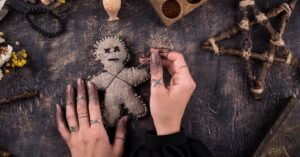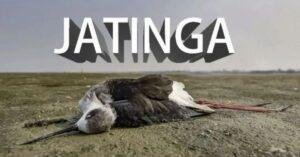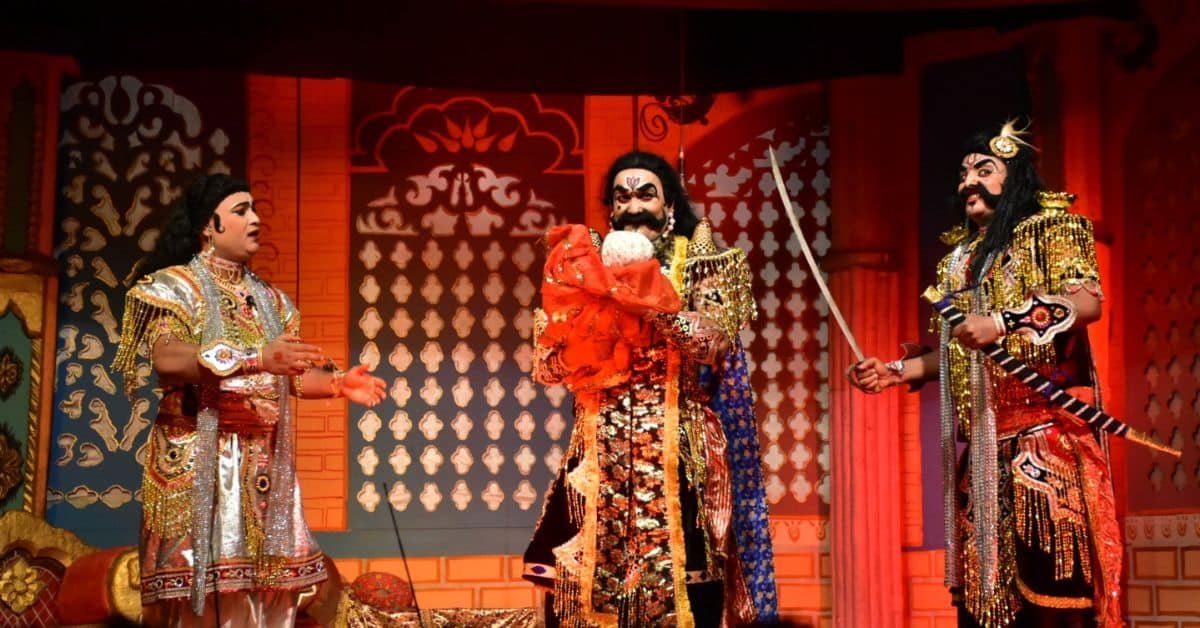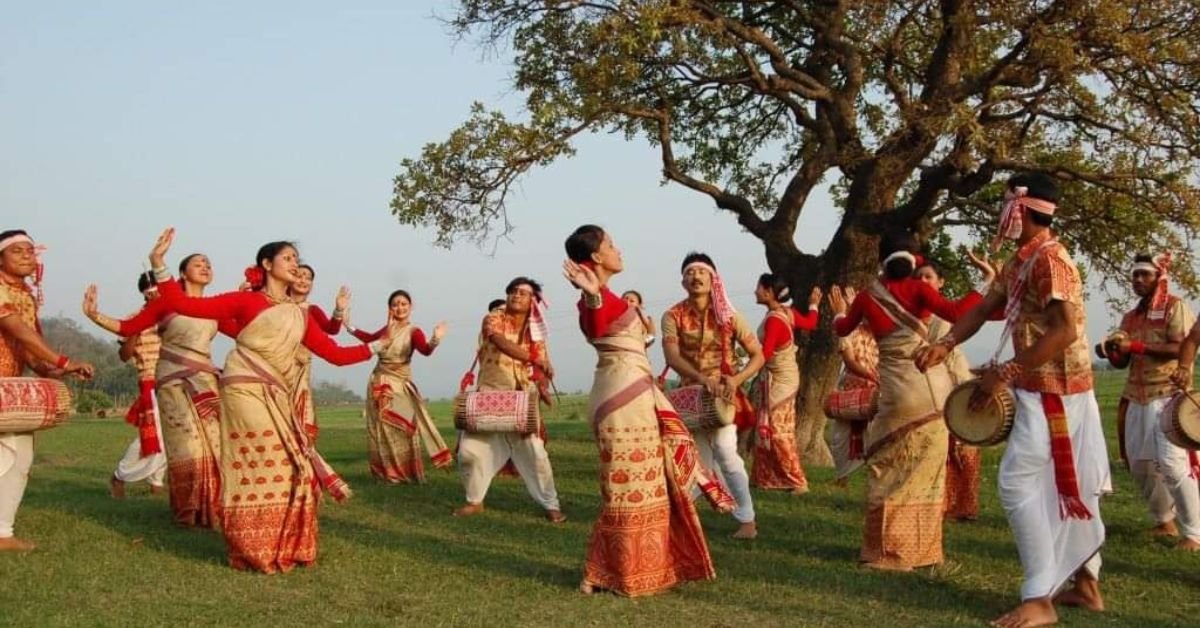Barpeta District of Assam, situated 100 km from Guwahati city, is a district famed for its culture and history. This cultural city is also known as ‘Satra Nogori‘ because of the presence of various Satras established during the neo-vaishnavite movement of Assam. Beyond its culture, Barpeta is famous for Manas National Park, which is also a world heritage site. This blog elaborates on why Barpeta is famous, its culture, and places of interest in the Barpeta district.
Why Barpeta is Famous?
Barpeta is a historic town in Assam with roots tracing back to the Varman dynasty. Its prominence grew significantly during the time of Sankardev, the saint and propagator of Neo-Vaishnavism in Assam. Sankardev and his disciples established numerous satras (monasteries), which are now major attractions in the district.
Additionally, Barpeta is famous for its annual Holi celebration, known as Doul Mahotsav. This festival attracts a large number of visitors from across Assam, who come to participate and experience the local traditions.
Barpeta also boasts the Manas National Park along its northern border with Bhutan. Famous for its population of one-horned rhinos and tigers, Manas is one of the top tourist destinations in Northeast India. The Indo-Bhutan border area in northern Barpeta offers scenic picnic and recreational spots such as Mathanguri and Gelephu.
Lastly, Barpeta is celebrated for its traditional industries. Assamese jewelry made in Barpeta is highly sought after, along with locally crafted bell-metal products and firecrackers. Barpeta is unique in Assam for its local craftsmanship in these industries.
Barpeta Doul Utsav or Holi
Barpeta is famous for its holi The Holi festival at Barpeta Satra is deeply rooted in the cultural heritage of Assam. It showcases various traditional art forms and performances such as holi geet (songs associated with the festival of Holi), bhaona (traditional Assamese theater), gayan bayan (devotional songs), ojapali (narrative folk songs), and dhulia nritya (comical dance drama).

The festival also serves as a transition from the winter months to the vibrant and colorful spring season, filled with new beginnings and possibilities. Normally, it is celebrated in the English month of March-April (Between the last week of March and the first week of April).
Read this blog for in depth analysis of Doul or Holi Celebration in Barpeta
Barpeta Satra or Kirtan Ghar
It is the most famous place in Barpeta district. Barpeta Satra holds a distinguished reputation as the epicenter of Vaishnavite culture in Assam, playing a pivotal role in shaping the spiritual and cultural landscape of the region.
The spiritual ambiance of Barpeta Satra is further accentuated by its distinctive practices, including ‘palnam‘ (sacred congregational chanting), ‘nam prasanga‘ (devotional singing), ‘bhaona‘ (traditional Assamese plays), and ‘borgeet‘ (devotional songs).
The Sattra compound covers approx 20 bighas of land. The Barpeta Satra complex is surrounded by walls and there are three gates to enter the complex. The west gate also known as Dalan is the main gate for the tourists and visitors to enter Barpeta Satra.
The Satra has several buildings. The front gate is called ‘Batsora’. The main ‘Kirtanghar’ is where prayers or ‘Nam Kirtan’ are performed is an architectural splendour.
Read this blog for in depth information about Barpeta Satra
Manas National Park and its Nearby Area
Manas National Park is an essential destination for wildlife enthusiasts. As a UNESCO World Heritage Site, it is home to the rare one-horned rhinoceros, a substantial tiger population, various species of deer, a diverse array of bird species, and the critically endangered pygmy hog, among other fauna.
Beyond its rich wildlife, Manas offers a paradise for nature lovers. Visitors can partake in bird watching, boat safaris, and jeep and elephant safaris, enhancing their experience of the park’s natural beauty.

Additionally, exploring the nearby tree garden adds a botanical dimension to the visit. For leisure activities, Mathanguri provides an excellent picnic spot, and a road trip to Gelephu near the Indo-Bhutan border offers further exploration opportunities.
Traditional Assamese Jewellery from Barpeta
Barpeta is also famous for being the center of traditional Assamese jewellery making. The traditional Assamese jewellery in Barpeta are characterised by their simplicity, adorned with vibrant red gemstones like rubies or mina. In Barpeta, the artisans who craft these Assamese jewellery are called Sunaris or Karikars. These craftsmen have inherited their skills of manufacturing jewellery from their forefathers.
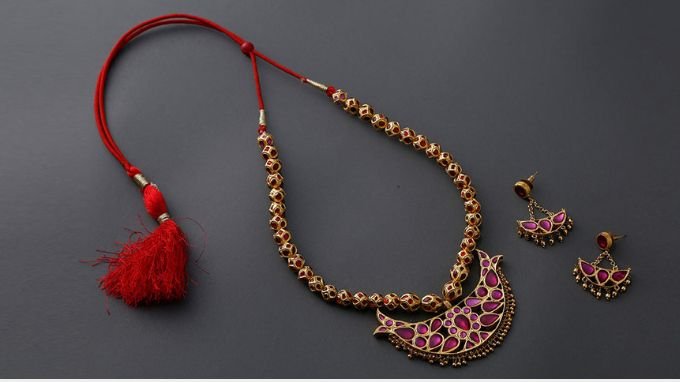
Some of the popular traditional Assamese Jewellery in Barpeta or Asomiya Gohona are earrings such as Lokaparo, Keru, Thuriya, Jangphai, Long Keru, Sona or Makori. A variety of necklaces like Golpata, Satsori, Joon biri, Bena, Gejera, Dhol biri, Doog doogi, Biri Moni, Mukuta Moni, Poalmoni, Silikha Moni, and Magardana, as well as an assortment of rings such as Senpata, Horinsakua, Jethinejia, Bakharpata, and more, are part of this diverse collection of Barpetia jewellery.
The main feature that separates the Barpetia jewellery is the gold-plating or filigree in silver ornaments. The most famous ornament made by the artisans of Barpeta is Keru.
GI Tagged Bell Metal Products From Barpeta
Sarthebari in Barpeta district of Assam is a name synonymous with the fine art of making various utensils and artefacts using bell metal or kaah (in Assamese). Bell metal is a metal with unique combination of 78 percent copper and 22 percent tin. Bell metal craft or Kaah Shilpa is another reason why Barpeta is famous for.
Bell metal craft of Sarthebari holds immense cultural and traditional significance in Assam. All utensils used in puja ceremonies are crafted from this metal, as it is considered very auspicious. The xorai, made of bell metal, is a signature gift item as a token of love and respect, especially for guests visiting from outside Assam. The xorai is also used to make offerings to the gods.
There are as many as 40 types of bell metal products are made in Sarthebari ranging from varieties of Thal or Kahi (dishes), Dofola Kahi (large dishes), Bati (bowl), Ban Bati (mounted bowls), Kalah (pot), Tal (cymbals), and Bota (a type of tray).
Read this blog for more industry insights into bell metal craft of Barpeta
Firecracker Industry in Barpeta
Barpeta is the only place in Northeast India where firecracker is manufactured. Currently, there are only five units actively engaged in manufacturing various firecracker products.
These firecracker manufacturing units are household operations located near residential areas. Approximately 100 employees from the surrounding areas are directly involved in firecracker manufacturing. Employment levels typically increase during pre-festival seasons.
Production primarily peaks during festivals, especially from Durga Puja to Diwali, as raw materials and products are procured to meet market demand.
Given the small size of Barpeta’s firecracker units, they rely on traditional hand tools like hand pounding machines (dheki/ural), kerahi, and hammers. Despite the decline, Barpeta is still known for its firecracker industry.




